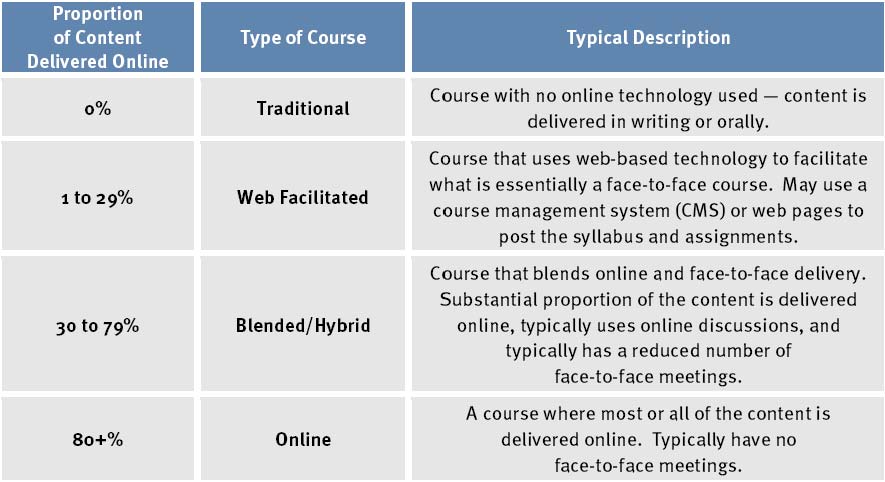In the last two weeks two United Church of Christ (UCC) related seminaries have announced plans to launch or expand hybrid or online educational offerings.
- Andover Newton Theological Seminary will partner with The Alban Institute to offer “courses in church leadership and vitality . . . using Andover Newton’s online learning system and Alban’s authors as instructors.” These four week offerings are designed primarily as continuing education for clergy.
- Eden Theological Seminary will add two campuses in Florida (one on each coast) to provide education for both non-degree seeking students and those seeking toward masters and doctoral degrees. All courses offered will utilize “a hybrid approach of face-to-face classes combined with online learning.”
These schools are part of a larger trend in higher education away from the model of the previous generation. Until recently, traditional courses that met face-to-face were the only option. I. Elaine Allen and Jeff Seaman’s “Class Differences, Online Education in the United States, 2010” is the definitive statistical report about online education in this country. The executive summary includes these notable findings:
- Over 5.6 million students were taking at least one online course during the fall 2009 term; an increase of nearly one million students over the number reported the previous year.
- The twenty-one percent growth rate for online enrollments far exceeds the less than two percent growth of the overall higher education student population.
- Nearly thirty percent of higher education students now take at least one course online (p.2).
The report also provides historical data about the growth in online education over the last seven years (p.8):
So What?
Traditional courses remain important for most universities and seminaries, but a variety of other types of courses are growing at much faster rates. The following chart, found in the same report, offers a quick summary of each type (p.5):
Online enrollment as a percentage of total enrollment rose almost 20% in seven years. If it rises another 20% in the next seven years then non-traditional enrollment will equal traditional face-to-face enrollment.
Consider the implications of this trend for theological education on the seminary level and within location congregations:
- What do you believe are some of the advantages to seminaries offering theological education in non-traditional formats? What do you see as likely limitations of these new delivery methods?
- What percentage of your congregation’s current adult educational offerings are traditional courses? Is increasing the number of non-traditional offerings a part of your congregation’s planning process? Why or why not?

